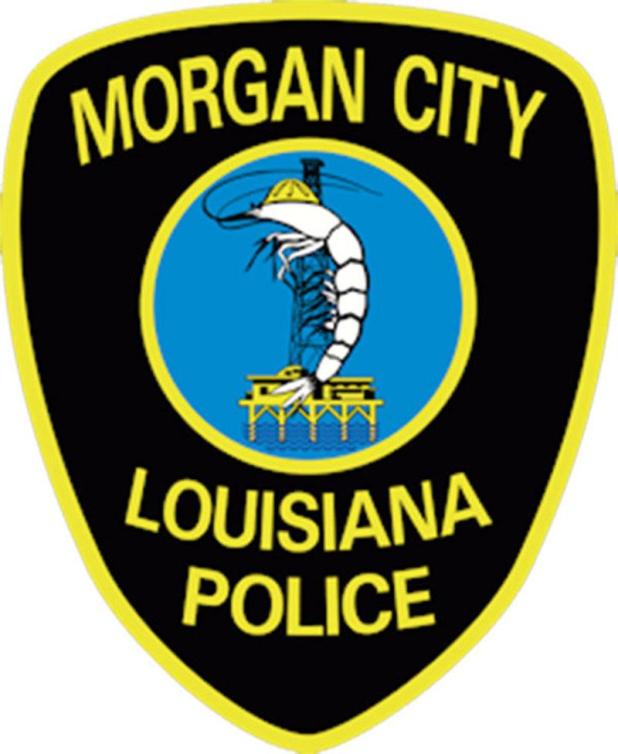
Jim Bradshaw: Shorty's dash for third base was just part of the game
In early 1919, a newspaper writer mused that “with the advent of spring comes the yearning in the heart … for the great national past-time — baseball.”
It was a sentiment shared across south Louisiana, where rivalries had been building at least since the 1880s.
Louisiana’s first teams were in New Orleans.
The Picayune reported in 1859 that a game between the Louisiana Baseball Club and “Jones’s side” was “virtually the inauguration of this noble and manly game among us.”
Teams were scattered across the rest of south Louisiana well before 1891, when the Abbeville Meridional lamented that “for the past two years there has been a marked decrease in the vim with which our boys have entered the base ball [sic] arena.”
The Meridional said 1891 opponents would include Breaux Bridge, Abbeville, Lake Charles, Lafayette, and possibly Orange, Texas.
The Gulf Coast League was probably the first here with Big League ties.
It was formed in 1907 and included the Alexandria White Sox, Lafayette Browns, Lake Charles Creoles, Monroe Municipals, Opelousas Indians, and Orange Hoo-Hoos. That version of the league lasted only through the 1908 season, but it was revived for short runs in the 1920s and again in the 1950s.
By then communities had begun to realize that a good rivalry with nearby teams brought visitors (and money) to town.
A “hotly contested” game between St. Martinville and Broussard was front page news in the St. Martinville paper in April 1914, but the editor moaned that the game was poorly attended because the bad roads kept Broussard fans away.
St. Martinville and Broussard were among a handful of semi-pro teams in the area at that time.
A 1919 newspaper account said “teams like Rayne, Lafayette, [and] Jeanerette [are] reputed to be the classiest and fastest in Louisiana semi-professional circles.”
Baseball also flourished early to the Black community. In April 1923, the Teche News promoted “a big game” between the Patterson Giants and St. Martinville Black Eagles.
In the late 1940s and early 1950s, the Lafayette Big Chiefs drew substantial crowds, taking on teams from New Orleans, Hammond, Opelousas, Jeanerette and Port Arthur, and also powerhouses such as the New York Cubans and Carta Blanca All Stars, “made up of outstanding players from Mexican leagues,” according to the Advertiser.
The newspaper said 4,000 fans turned out for a game against the New Orleans Creoles, “including 1,033 white fans.”
A big parade celebrated the return of professional ball to Crowley when the Gulf Coast League was revived in 1950. The Signal reported, “Headed by the bands of St. Michael’s and Crowley High schools, the parade will feature a total of five Crowley Boy Scout troops in full uniform, three Cub Scout packs in parade dress, the Negro American Legion post drill team, … all of the Crowley Miller baseball players, and officers and board of directors of the Crowley Baseball Association.”
In that opening game, “Johnny George’s crew put on a top show in scoring a 6-2 victory over the Lake Charles Lakers before a paid attendance of 2,000.”
The Evangeline League is probably the best known of the south Louisiana leagues.
It began in 1934 with six teams, including the Alexandria Aces, Lafayette White Sox, New Iberia Cardinals, Opelousas Indians, Rayne Red Sox, and a team that began the season as the Lake Charles Explorers but finished as the Jeanerette Blues.
Play was suspended during World War II, but the league started again in 1946 and continued until 1957, when teams included the Crowley Millers, Lafayette Oilers, Lake Charles Giants, Alexandria Aces, Baton Rouge Rebels and Thibodaux Senators.
The league by that time had settled a bit from the days it rightfully was called the “Hot Pepper league” because brawls were as common as double plays. It helped that two umpires were used in the league’s later years.
In the early days, only one man had to call balls and strikes, umpire the bases, and keep watch on the outfield. League historian Paul Leslie said it was more than one ump could handle, and caused some chicanery.
"On close plays in the outfield, the distracted official lost sight of the base runners who often took shortcuts across the diamond to either third base or home plate,” he wrote.
I know that to be true. I still remember a game I attended as a young boy in Lake Charles during which the crowd, seeing the ump looking the other way, rose almost in unison to yell, “Cut across, Shorty! Cut across.”
I don’t remember Shorty’s real name (if I ever knew it), but I do remember that, to the delight of the crowd, he barely avoided the pitcher’s mound as he ran directly from first to third.
You can contact Jim Bradshaw at jimbradshaw4321@gmail.com or P.O. Box 1121, Washington LA 70589.
